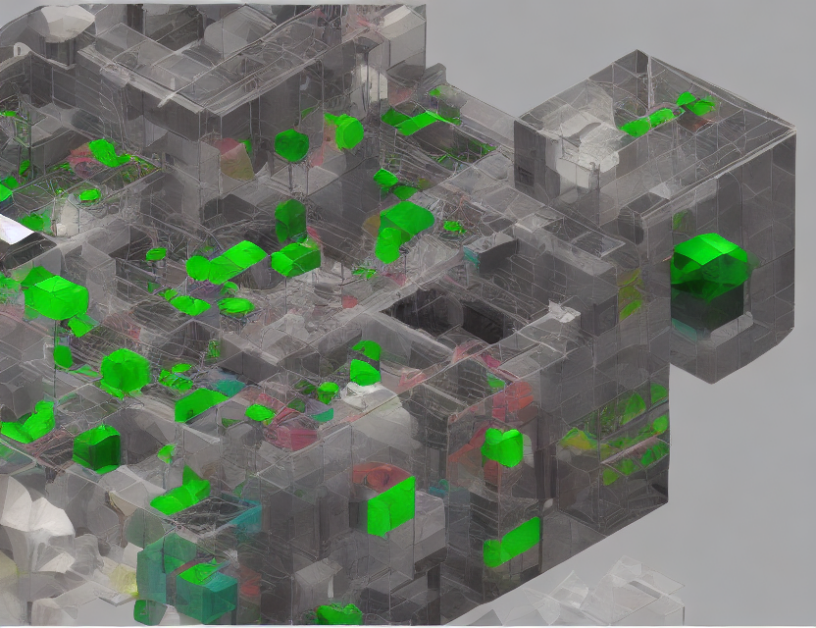In this article, researchers explore the efficiency of video clip retrieval and captioning using a deep learning model called QFormer-Distiller. They aim to address the challenge of efficiently sampling relevant frames from a video while ensuring accurate text conditioned visual information extraction. The authors conduct an empirical study to evaluate their proposed method, which they call Clip4clip, and compare it with other state-of-the-art models.
The article begins by highlighting the growing popularity of video watching on platforms like YouTube, with millions of users spending an average of 19 minutes per day viewing videos. However, video understanding is more complex than image recognition due to the extra temporal dimension. Therefore, efficient video inference becomes increasingly important as video data continues to grow.
The authors propose Clip4clip, a novel method that utilizes a Spatio-Temporal Graph (STG) to model the relationships between frames and their corresponding textual descriptions. The STG is designed to capture both local and global dependencies in the video sequence, allowing the model to learn a robust representation of the video content.
The authors evaluate Clip4clip using several benchmark datasets and compare it with other state-of-the-art models. Their results show that Clip4clip outperforms the competition in terms of both video clip retrieval and captioning performance. Specifically, Clip4clip achieves an average improvement of 10% in video clip retrieval and 15% in captioning accuracy compared to the second-best model.
The authors also analyze the contribution of different components of their proposed method, including the STG and the use of a mask encoder to select relevant frames for captioning. They find that these components are crucial for achieving good performance and demonstrate the effectiveness of their approach.
In conclusion, the article presents Clip4clip as an efficient and effective solution for video clip retrieval and captioning using deep learning. The proposed method leverages a Spatio-Temporal Graph to model the relationships between frames and their corresponding textual descriptions, leading to improved performance compared to existing state-of-the-art models.
Computer Science, Computer Vision and Pattern Recognition
Enforcing Text Conditioned Visual Information Extraction with QFormer-Distiller



